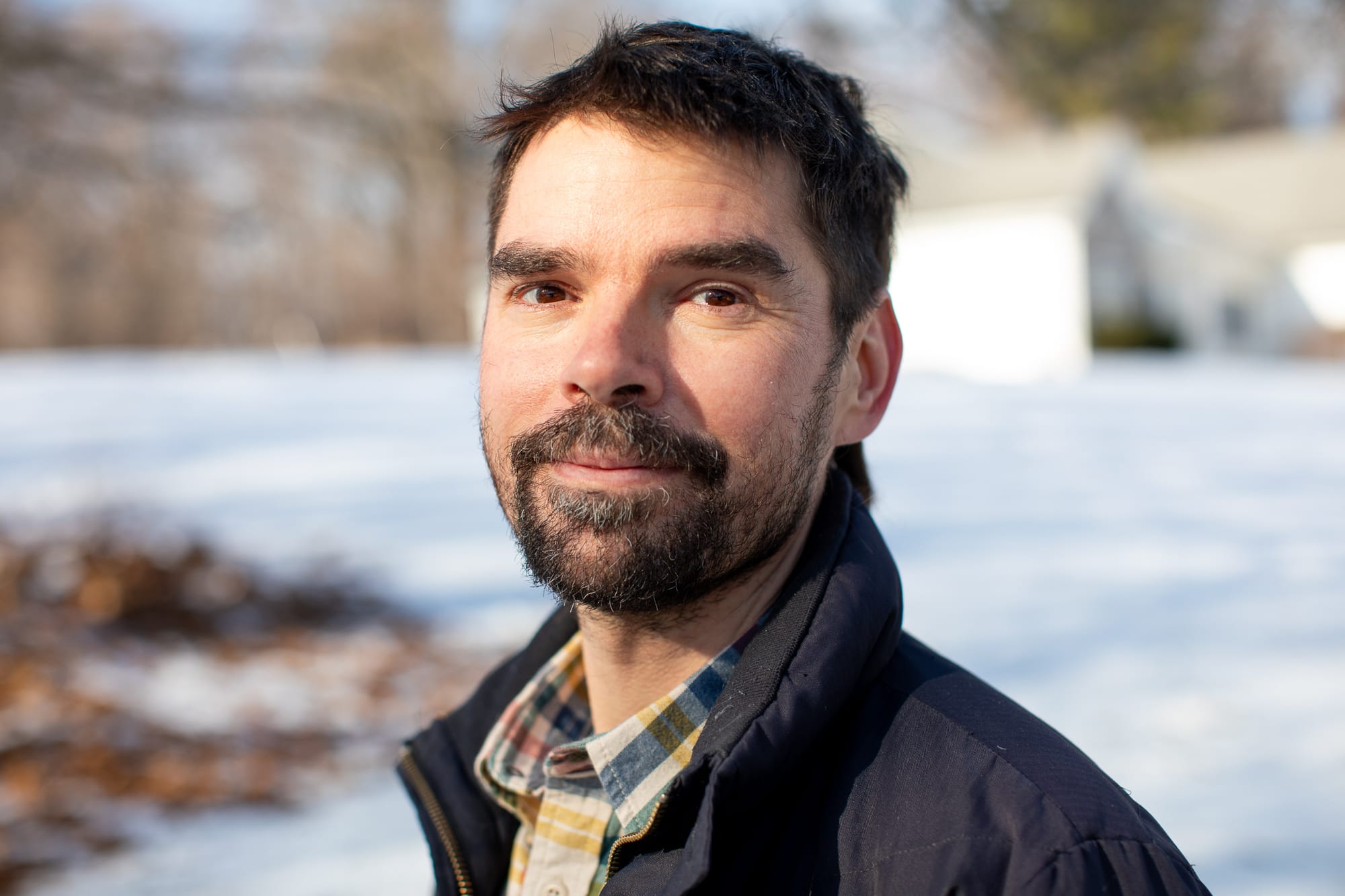

Dan Phiffer posts here.
Building websites and making kin in Troy, NY.
jamie@example.com
Subscribe

Building websites and making kin in Troy, NY.